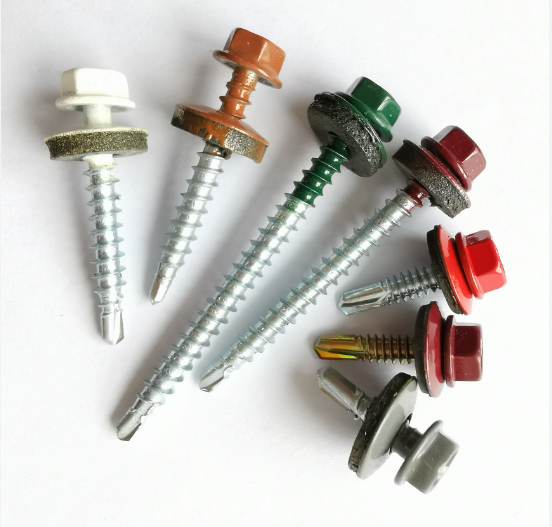Self Tapping Screw Diameter Guide for Various Applications and Sizes
Understanding Self-Tapping Screw Diameter Chart Products
Self-tapping screws are essential components in various construction and manufacturing processes. They are designed to tap their own hole as they are driven into materials, making them an efficient choice for fastening. Understanding the different diameters and types of self-tapping screws can significantly affect the quality of your projects. A diameter chart for self-tapping screws is a valuable tool to ensure you're selecting the right screws for your needs.
What are Self-Tapping Screws?
Self-tapping screws are a specific type of fastener that, unlike regular screws, are capable of creating their own hole as they are driven into a substrate. This quality eliminates the need for pre-drilling, making them ideal for quick and efficient assembly. Typically made of steel, stainless steel, or other durable materials, self-tapping screws are extensively used in applications ranging from wood and metal working to automotive and electronic assemblies.
Importance of Diameter
The diameter of a self-tapping screw greatly influences its performance. A diameter that is too small may not provide sufficient holding power, while a diameter that is too large may split the material or create an improper fit. Common diameters include 6, 8, 10, 12, and larger sizes. Each size is designated by a gauge number, which refers to its thread count and overall strength.
The diameter also affects the screw's compatibility with various materials. For instance, softwoods can typically accommodate larger diameter screws with less risk of cracking, whereas harder materials, like metal, require a precise diameter to ensure the screw taps correctly without damage.
Understanding the Diameter Chart
A self-tapping screw diameter chart provides valuable information regarding screw sizes, thread types, and appropriate applications. Here is a breakdown of typical information found in such charts
1. Screw Gauge This is the numerical designation of the screw. Each gauge corresponds to a specific diameter. 2. Diameter in inches and millimeters This section provides a conversion for users depending on their preferences or requirements in different regions.
3. Thread Type Different thread configurations (e.g., coarse, fine) define how the screw interacts with the material. A coarse thread may be preferred for softer materials, while fine threads are more suitable for denser materials.
self tapping screw diameter chart products

4. Length Options The chart often outlines the lengths available for each diameter. Selecting the correct length is crucial for achieving the right grip and load capacity.
5. Material Type The chart may also provide insights into suitable materials for various environmental conditions (e.g., stainless steel for corrosion resistance).
6. Applications Details about which diameters and types of screws are suitable for specific applications help users make informed decisions. Common uses include sheet metal work, wood construction, and plastic assembly.
Making the Right Choice
When selecting the right self-tapping screw, consider the following
- Material Compatibility Ensure that the screw's diameter and type are suitable for the material you are working with. A mismatch can lead to poor performance or material damage.
- Load Requirements Assess the load the screw will need to bear. Heavier loads may necessitate thicker screws with larger diameters to ensure adequate stability.
- Environmental Conditions Be mindful of corrosion and environmental conditions that may affect the type of screw you select. In damp environments, corrosion-resistant materials are essential.
Conclusion
Selecting the right self-tapping screw based on diameter is crucial for the success of your project. Utilizing a self-tapping screw diameter chart enables you to make informed decisions, ensuring optimal performance and longevity of fastened products. Whether you're a DIY enthusiast or a professional tradesperson, understanding these specifications can enhance your efficiency and the quality of your work. Always refer to comprehensive diameter charts to choose the best possible screw for every unique project.
-
Top Choices for Plasterboard FixingNewsDec.26,2024
-
The Versatility of Specialty WashersNewsDec.26,2024
-
Secure Your ProjectsNewsDec.26,2024
-
Essential Screws for Chipboard Flooring ProjectsNewsDec.26,2024
-
Choosing the Right Drywall ScrewsNewsDec.26,2024
-
Black Phosphate Screws for Superior PerformanceNewsDec.26,2024
-
The Versatile Choice of Nylon Flat Washers for Your NeedsNewsDec.18,2024










